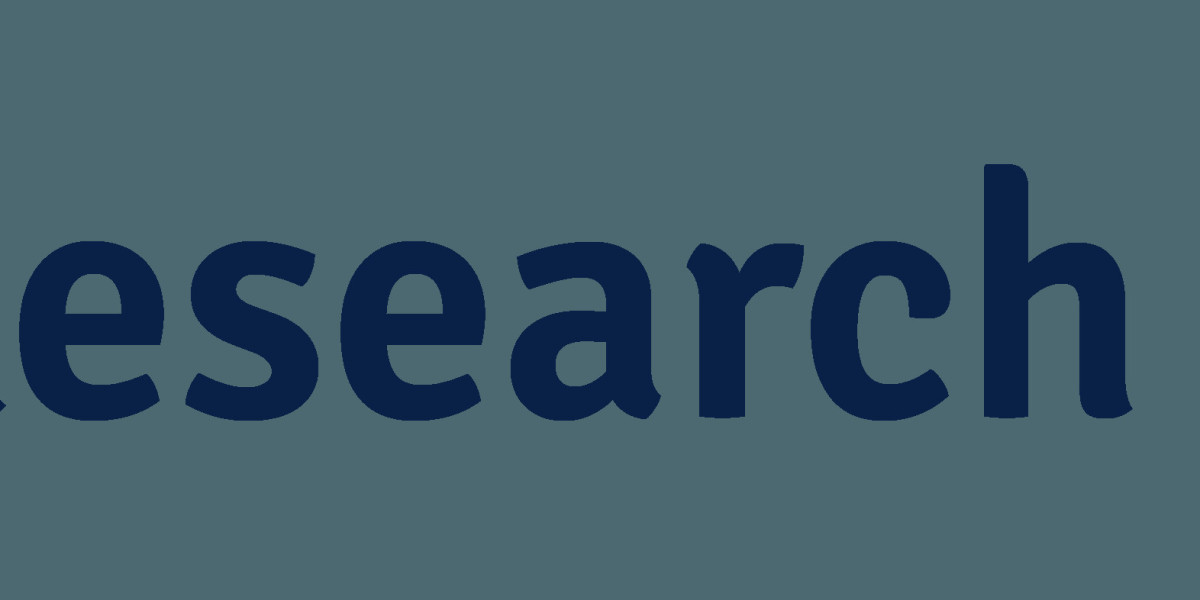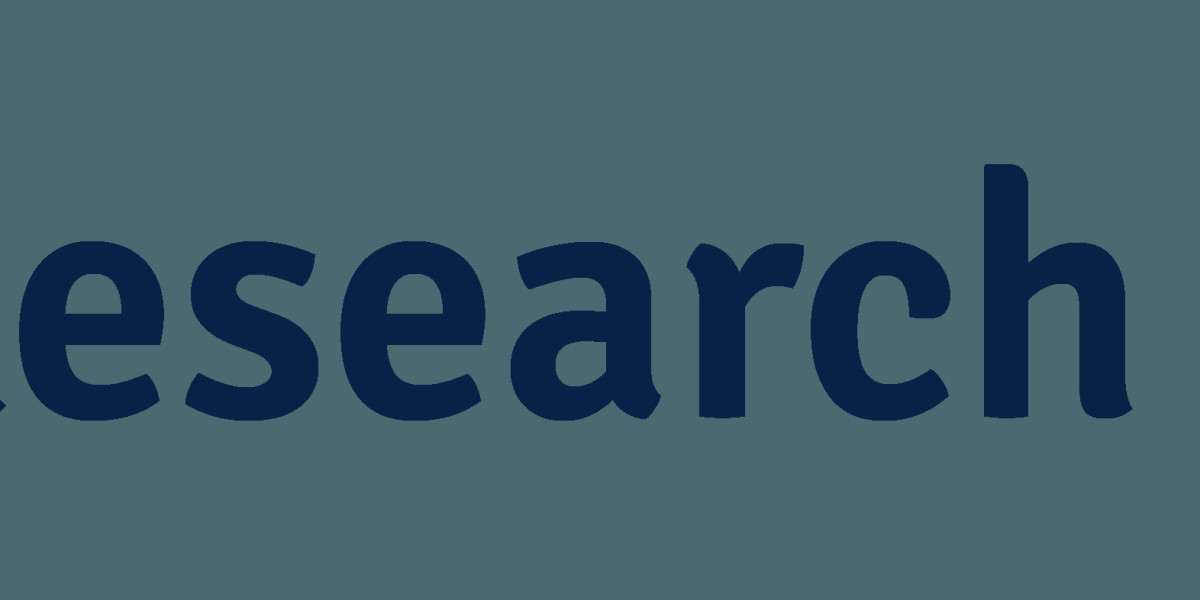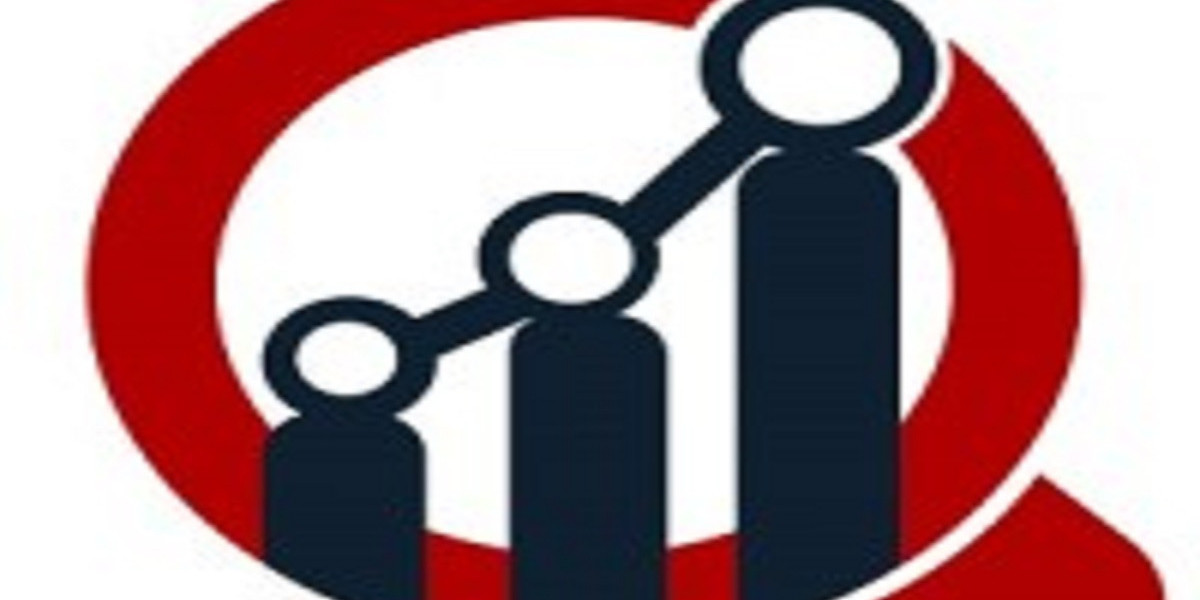The global Neutron Detection Sensor Market is witnessing significant demand as governments, research facilities, and defense organizations intensify efforts to improve nuclear monitoring systems. Growing emphasis on national security, radiation detection, and nuclear safety frameworks is boosting the adoption of advanced sensor technologies worldwide. Additionally, the expanding Study Abroad Agency Market indirectly influences global research mobility, supporting innovation within nuclear instrumentation.
Increasing nuclear energy projects across developed and emerging economies continue to drive industry expansion. Rising concerns around illicit nuclear material trafficking and the need for modernized radiation portals further enhance the market’s strategic relevance. As nations adopt stricter regulatory protocols, neutron detection sensors have become an essential element of national protective infrastructure.
The market also benefits from advancements in material science, which are enabling more efficient, lightweight, and cost-effective neutron sensing solutions. These innovations support broader use cases, including homeland security, border monitoring, scientific research, and industrial safety.
https://researchintelo.com/request-sample/80913
Growing awareness regarding radiation detection technologies is fueling continuous adoption across critical sectors. The rise in nuclear research activities globally, supported by academic, commercial, and governmental institutions, continues to elevate the role of neutron detection sensors. Furthermore, the global energy transition amplifies interest in next-generation nuclear reactors, indirectly contributing to industry expansion.
Governments worldwide are increasing investments in nuclear infrastructure upgrades. These initiatives include replacing outdated radiation detection equipment, enhancing real-time monitoring capabilities, and integrating smart sensor systems into national safety frameworks. Such investments significantly strengthen the long-term outlook for the Neutron Detection Sensor Market.
Market growth is also supported by the expanding deployment of portable radiation detection devices. As field operatives, first responders, and defense teams require compact and highly accurate monitoring tools, manufacturers continue to develop sensors with improved sensitivity, reduced power consumption, and enhanced durability.
Despite the strong momentum, the market faces certain restraints. High procurement costs for advanced neutron detection systems limit adoption in smaller research facilities and developing economies. Additionally, the technical complexity associated with calibration and maintenance may pose operational challenges for end-users.
Another challenge is the shortage of skilled professionals trained to operate nuclear detection technologies. This gap is more prominent in regions with limited exposure to nuclear safety training programs. Nevertheless, growing global initiatives to strengthen nuclear security are expected to gradually address skill-related barriers.
Continuous fluctuations in raw material prices also present constraints for manufacturers. However, the development of alternative composite materials offers long-term opportunities to reduce production costs while improving sensor performance.
https://researchintelo.com/report/neutron-detection-sensor-market
The Neutron Detection Sensor Market presents several promising opportunities. Advancements in sensor miniaturization and digitalization support the development of next-generation radiation detection platforms. Industries are increasingly adopting integrated solutions that combine neutron, gamma, and radiation detection capabilities into a single portable unit.
In addition, the rising demand for nuclear waste monitoring systems creates new growth avenues. As nuclear waste management becomes a global priority, accurate monitoring and inspection technologies are essential to ensure environmental safety. Sensors with advanced real-time tracking capabilities are expected to play a vital role in upcoming infrastructure modernization programs.
The Study Abroad Agency Market indirectly supports research collaboration among scientific institutions, promoting cross-border projects that rely on advanced detection and monitoring technologies. This trend enhances innovation and drives increased awareness of global safety standards.
From a regional perspective, North America holds a major share due to extensive nuclear energy operations and stringent safety regulations. Europe follows closely, driven by ongoing investments in nuclear security and scientific research. Asia-Pacific is emerging as the fastest-growing region, propelled by rising nuclear energy demand, expanding research capacities, and rapidly improving technological infrastructure.
The Middle East and Africa are gradually increasing their reliance on nuclear technologies, particularly for energy diversification and industrial applications. As these regions develop their regulatory frameworks, the demand for neutron detection sensors is expected to show consistent growth over the next decade.
In terms of market dynamics, technological advancements, government funding, and rising safety concerns remain the primary growth accelerators. Meanwhile, the market’s future trajectory will benefit from the integration of artificial intelligence, IoT-enabled detection platforms, and automated alert systems.
https://researchintelo.com/request-for-customization/80913
Key market drivers include:
Increasing global focus on nuclear security and radiation threat prevention.
Expanding nuclear power generation capacity in emerging economies.
Rapid advancements in sensor technology and material innovation.
Growing use of portable detection devices in defense and emergency response.
Key restraints include:
High procurement and maintenance costs.
Technical complexity and workforce skill shortages.
Supply chain disruptions affecting raw material availability.
Key opportunities include:
Expansion of nuclear research programs globally.
Growing demand for advanced nuclear waste monitoring systems.
Innovations in digital detection, AI analytics, and remote monitoring solutions.
The market outlook remains optimistic as neutron detection sensors continue to evolve technologically. The growing adoption of remote sensing tools and cloud-based monitoring solutions further strengthens the landscape. These developments are expected to significantly improve operational efficiency, accuracy, and responsiveness in both governmental and industrial applications.
As global safety standards advance, sensor manufacturers are increasingly prioritizing sustainability, durability, and cost-effectiveness. The development of novel detection materials and hybrid sensing systems is expected to position the market for sustained long-term growth.
Moreover, the influence of the Study Abroad Agency Market fosters international knowledge exchange, fueling research collaboration and innovation within nuclear safety technologies. This cross-sector synergy supports the evolution of advanced neutron detection solutions capable of meeting global demands.



